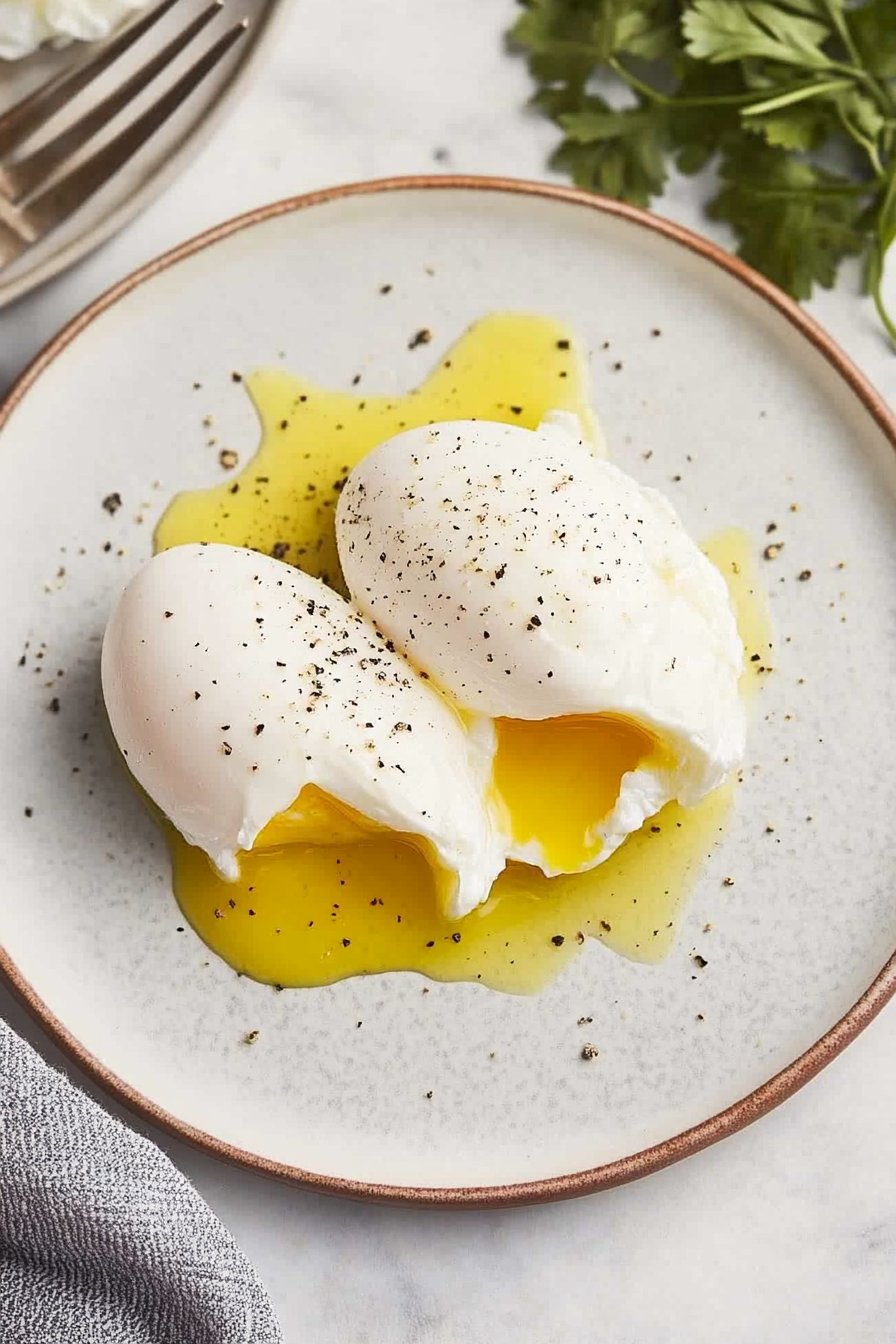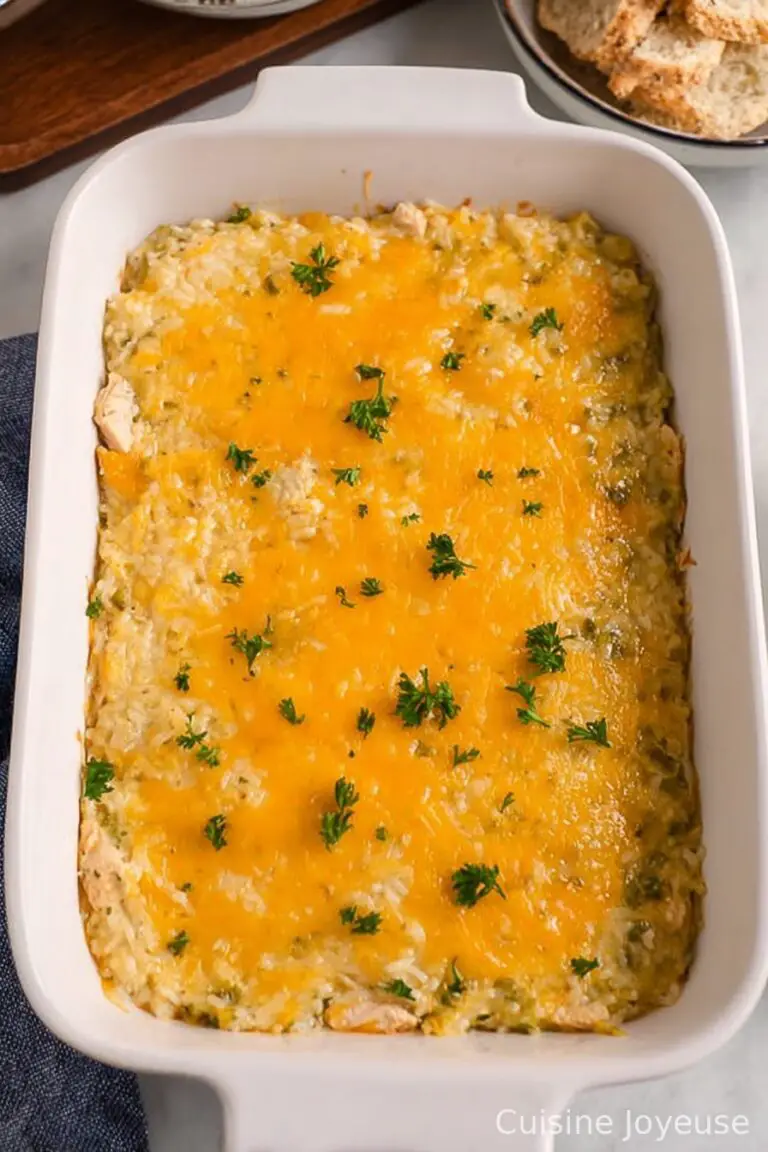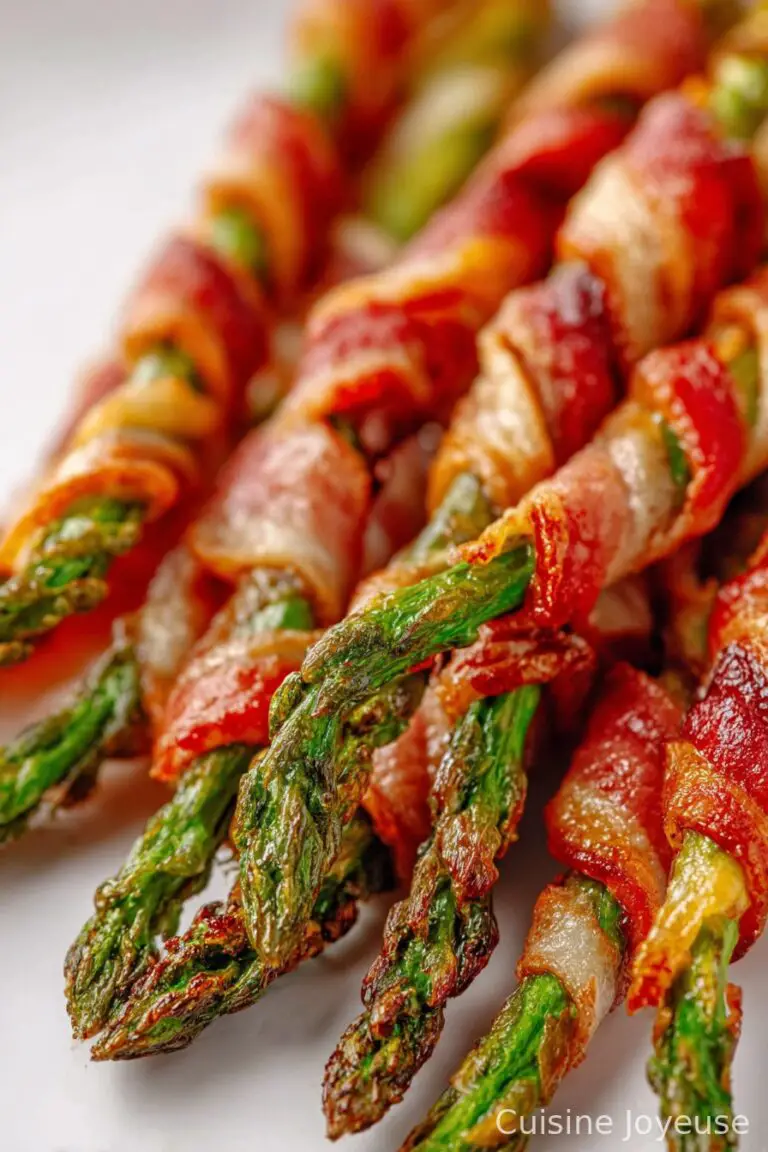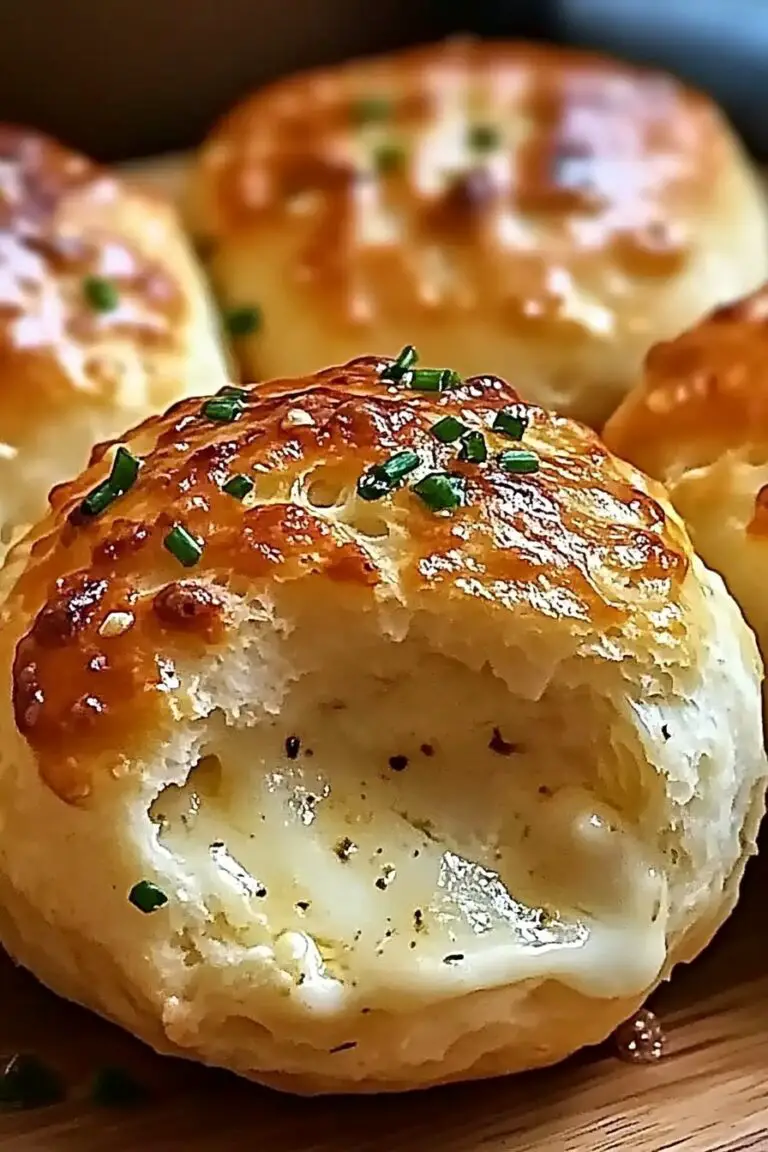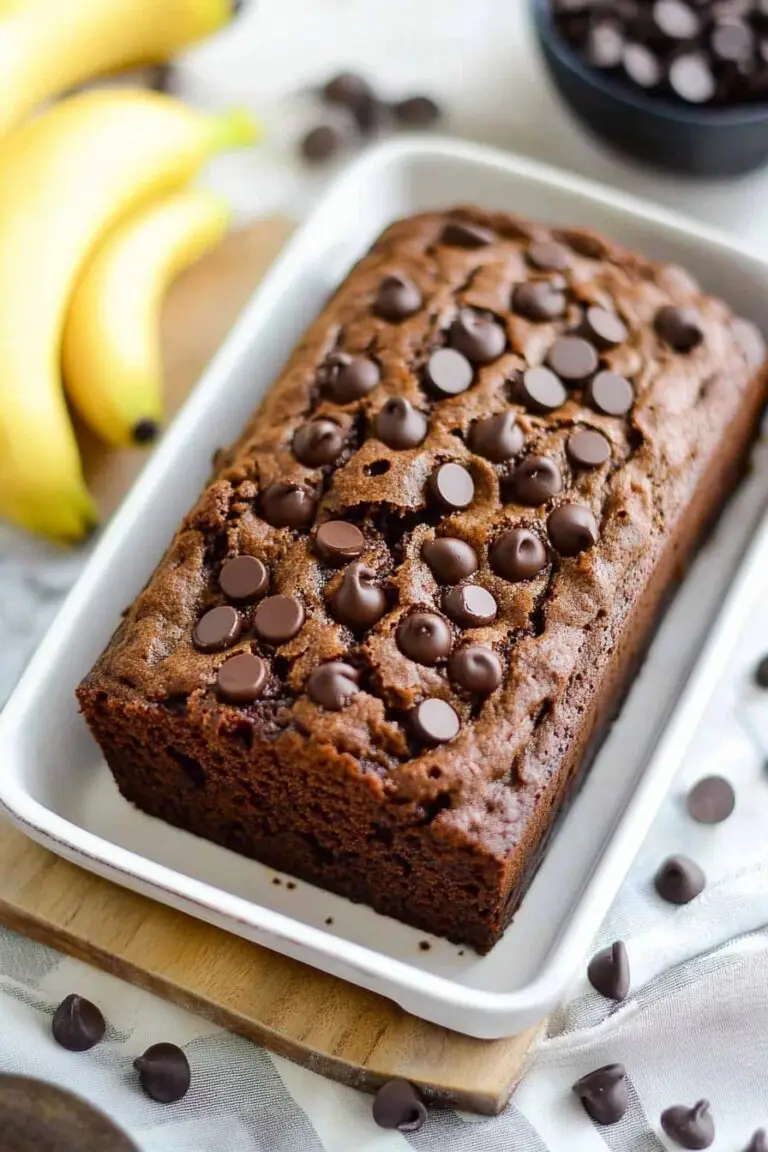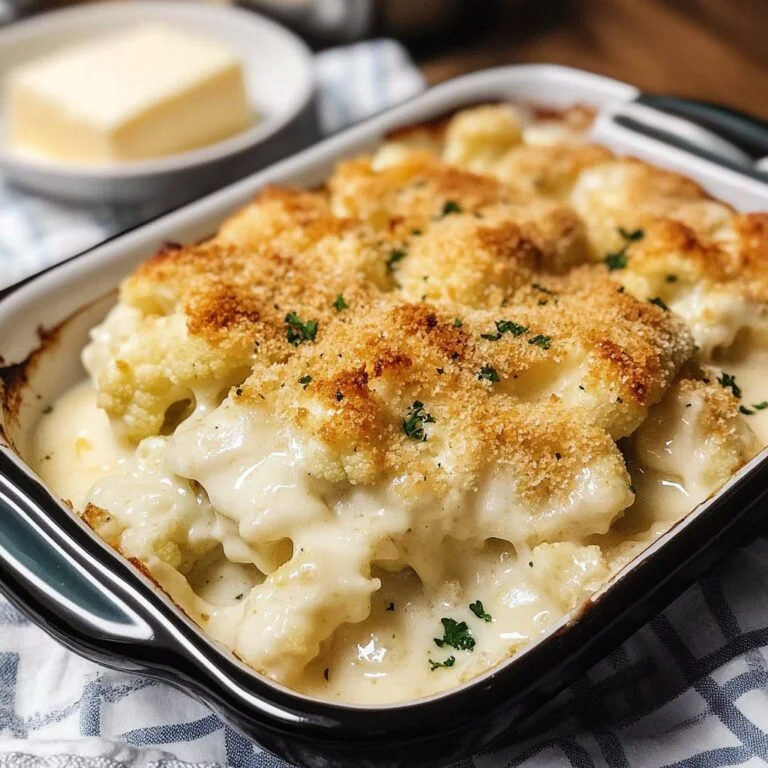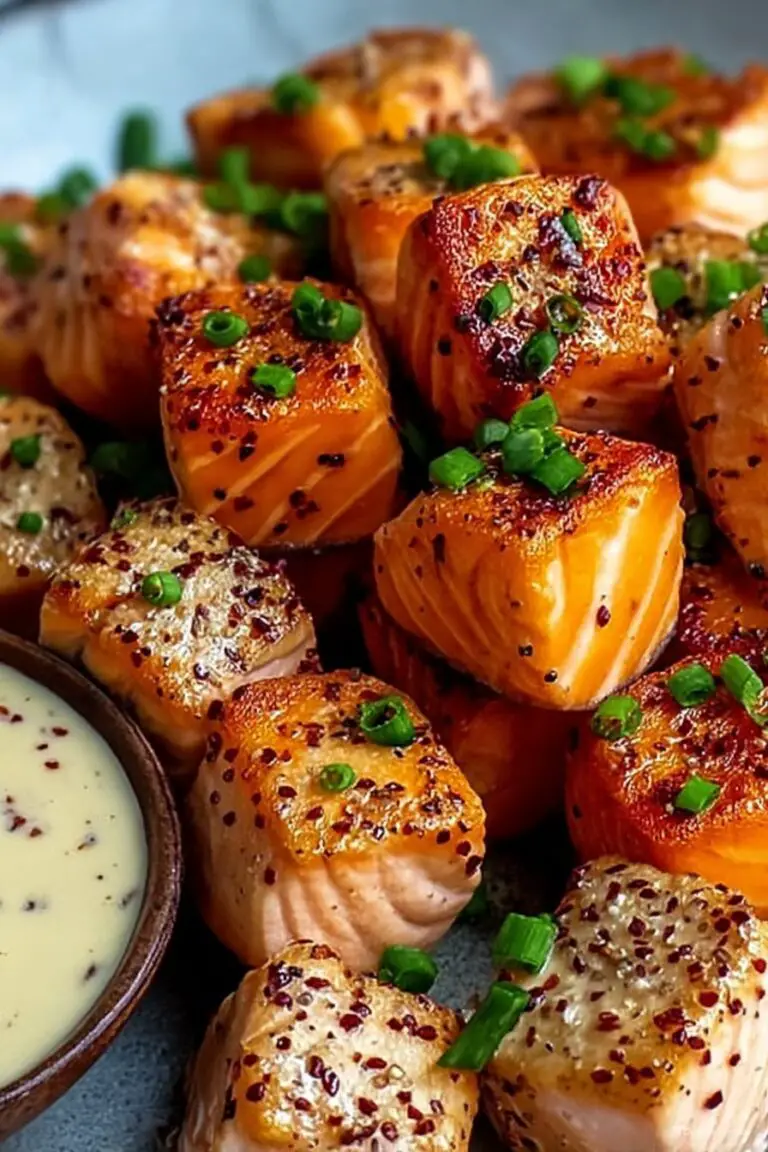Poached Eggs
Hey, Let’s Talk Poached Eggs (And That Time I Nearly Gave Up)
Alright, so poached eggs. The first time I tried making them, I ended up with something that looked more like a haunted jellyfish than breakfast. I’ll admit it: I almost gave up—my cousin still teases me about the “Egg Disaster of 2017.” But I stuck with it because, honestly, when you nail it, poached eggs are a tiny miracle. There’s just something magical about cutting into that delicate white and watching the yolk do its golden runny thing. Oh! And my daughter, she calls them “egg clouds.” Which is… adorable, if a bit misleading.
Why You’ll Love Making These (Trust Me)
I reach for poached eggs when I want to feel fancy (but can’t be bothered to clean up much). Or when I forgot to buy bread for toast and I’m scavenging for something semi-impressive for brunch. My family pretty much cheers when they see them. My partner, who is usually egg-ambivalent, actually requests these (with a suspiciously specific amount of hollandaise). And honestly, there’s something really satisfying about cracking that yolk. Plus, for ages I thought only posh chefs could do this without crying, so every successful poached egg feels like a minor personal victory.
What You’ll Need (And What I Usually End Up Substituting)
- 4 large fresh eggs (Honestly, fresher is better, but I’ve used older eggs in a pinch. The whites get a bit wilder, but it’s still tasty)
- 1-2 tablespoons white vinegar (but sherry vinegar works if you’re out—my friend swears by apple cider vinegar, though I’m not convinced)
- Water—enough to fill a medium saucepan about 3 inches deep
- Salt (optional, but I usually throw in a pinch)
Some recipes get snooty about using only organic eggs. My grandmother always insisted on local farm eggs, but I’m not above grabbing whatever’s on sale at Tesco, especially if it’s Sunday morning and I’m half awake.
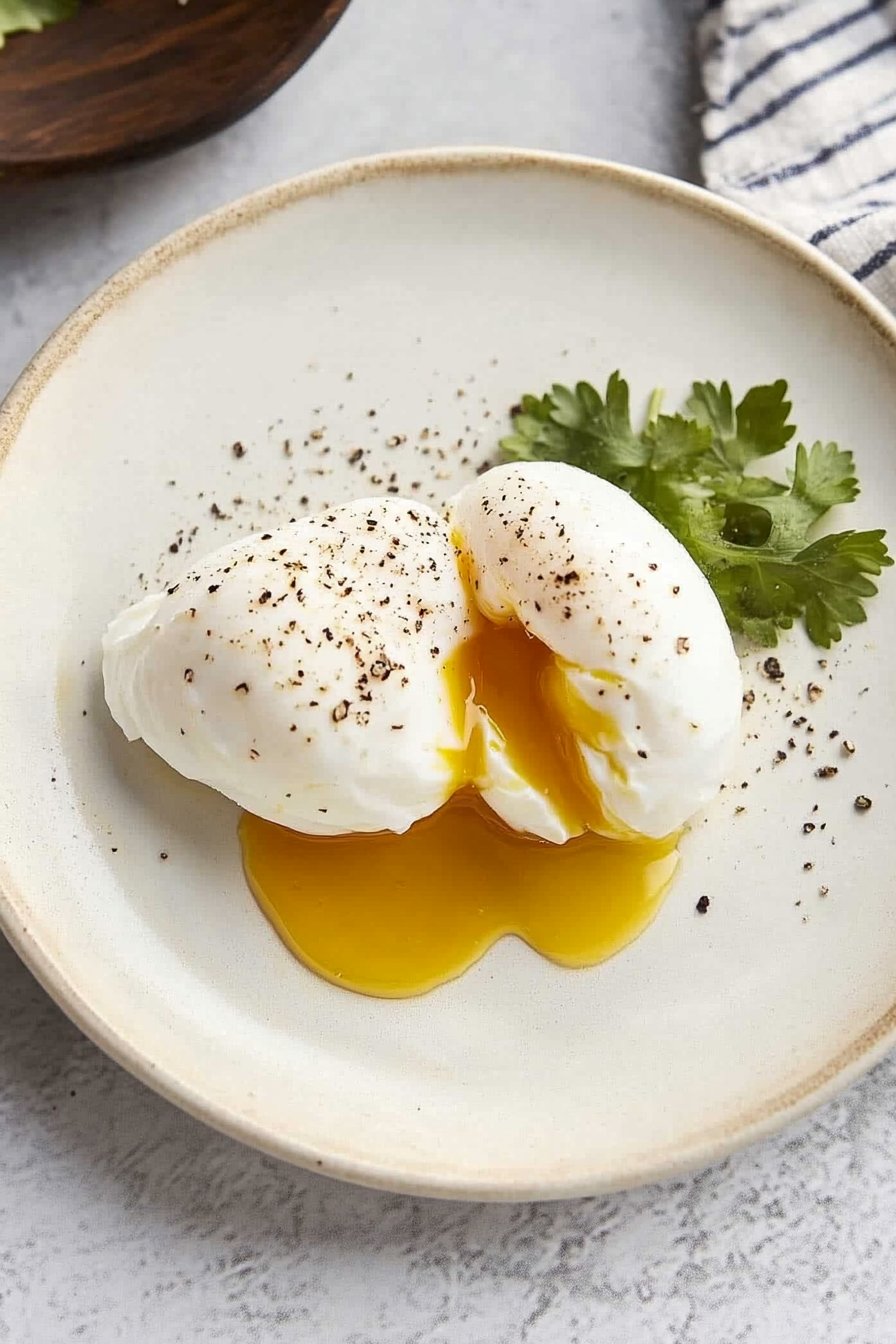
So, How Do You Actually Poach an Egg? Here’s My Not-So-Scientific Method
- Fill a medium saucepan with water—about 3 inches is good. Bring it to a gentle simmer (not a rolling boil, unless you like egg confetti).
- Add the vinegar. I just splash it in, about a tablespoon per litre-ish, but maybe a bit more if I’m distracted.
- Crack your egg into a mug or small bowl first. Trust me, it makes life easier (and you can fish out any rogue shell bits). Don’t crack straight into the water unless you’re feeling lucky.
- Once the water’s simmering—think tiny bubbles, not a bubbling cauldron—stir it gently to make a bit of a vortex. Slide the egg in right at the centre. If you skip the swirl, your egg will just look a bit more “rustic.” No judgment.
- Let it cook for 2.5 to 3 minutes. I usually poke it gently with a spoon at 2 minutes, but if you like your yolk firmer, give it another 30 seconds. Don’t stress if it looks wobbly—it firms up a bit as it cools.
- Use a slotted spoon (or a big spoon with holes, if you can’t find yours like me last week) to lift the egg out. Dab it on a paper towel if you care about soggy toast. That’s it!
Sometimes I sneak a little taste here. Not strictly necessary, but… it’s a chef’s perk, right?
What I’ve Learned (AKA: Stuff I Messed Up So You Don’t Have To)
- If your egg whites go all wispy, it’s probably old eggs—nothing you can do except pretend it’s “artisanal.”
- Adding too much vinegar will make your kitchen smell like a chip shop for ages. One tablespoon is plenty.
- Don’t panic if the first egg looks weird. My second attempt is always better, for reasons I don’t fully understand.
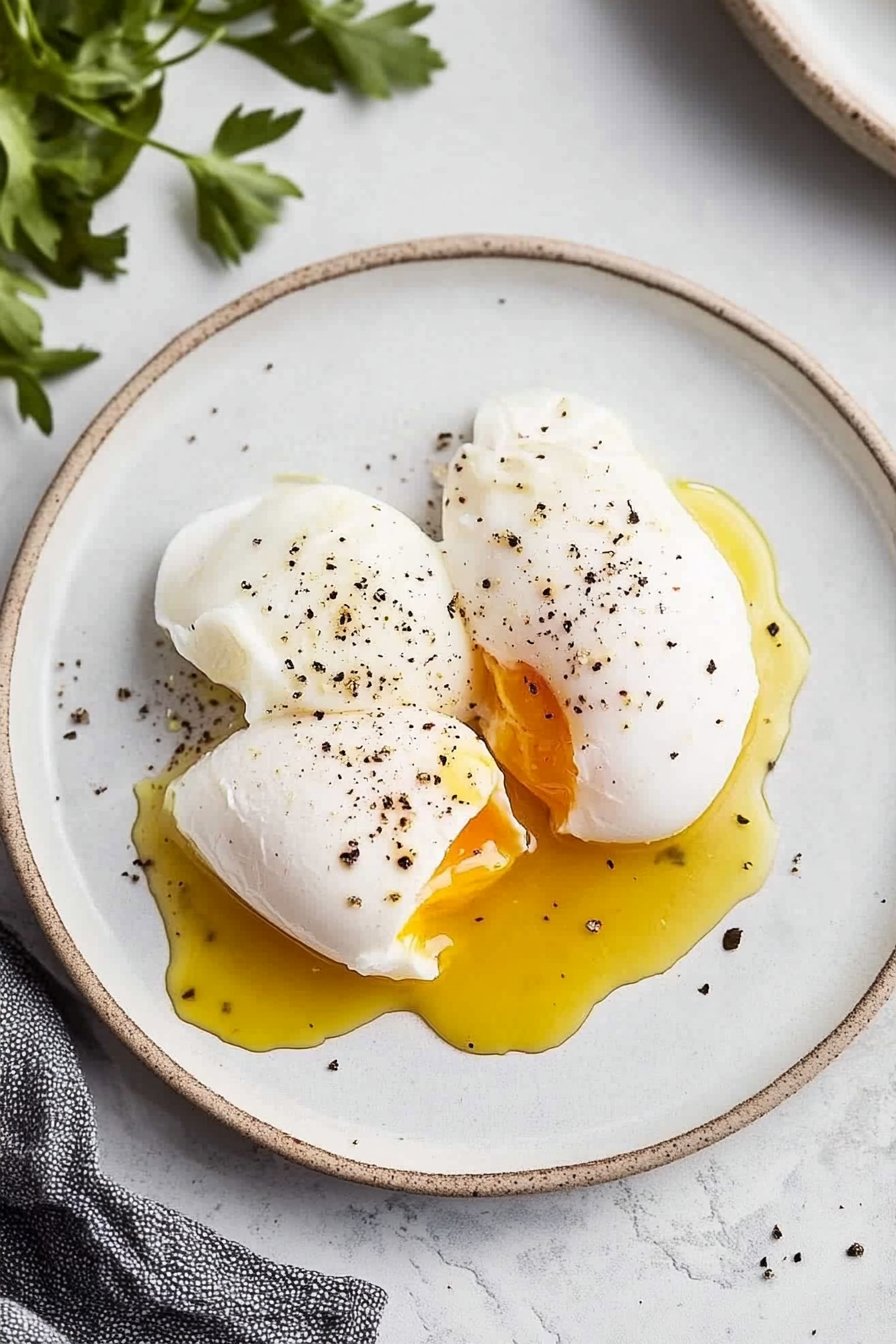
Twists and Experiments (Some Better Than Others)
I’ve tried poaching eggs in tomato sauce. Actually, don’t—unless you like orange, vaguely sweet eggs. But poaching in chicken broth? Surprisingly delicious! I’ve also tried adding herbs to the water, but honestly, I can’t tell the difference. If you want a real adventure, try poaching a duck egg. It’s decadent—though a bit much for weekday mornings.
What Do You Really Need? (And What If You Don’t Have It?)
- Medium saucepan (although, I once used a deep frying pan—worked fine)
- Slotted spoon (if you don’t have one, a regular spoon and some patience will do the job, just go slow)
- Mug or small bowl for cracking eggs first (but I’ve cracked straight into the water in a moment of chaos—results vary)
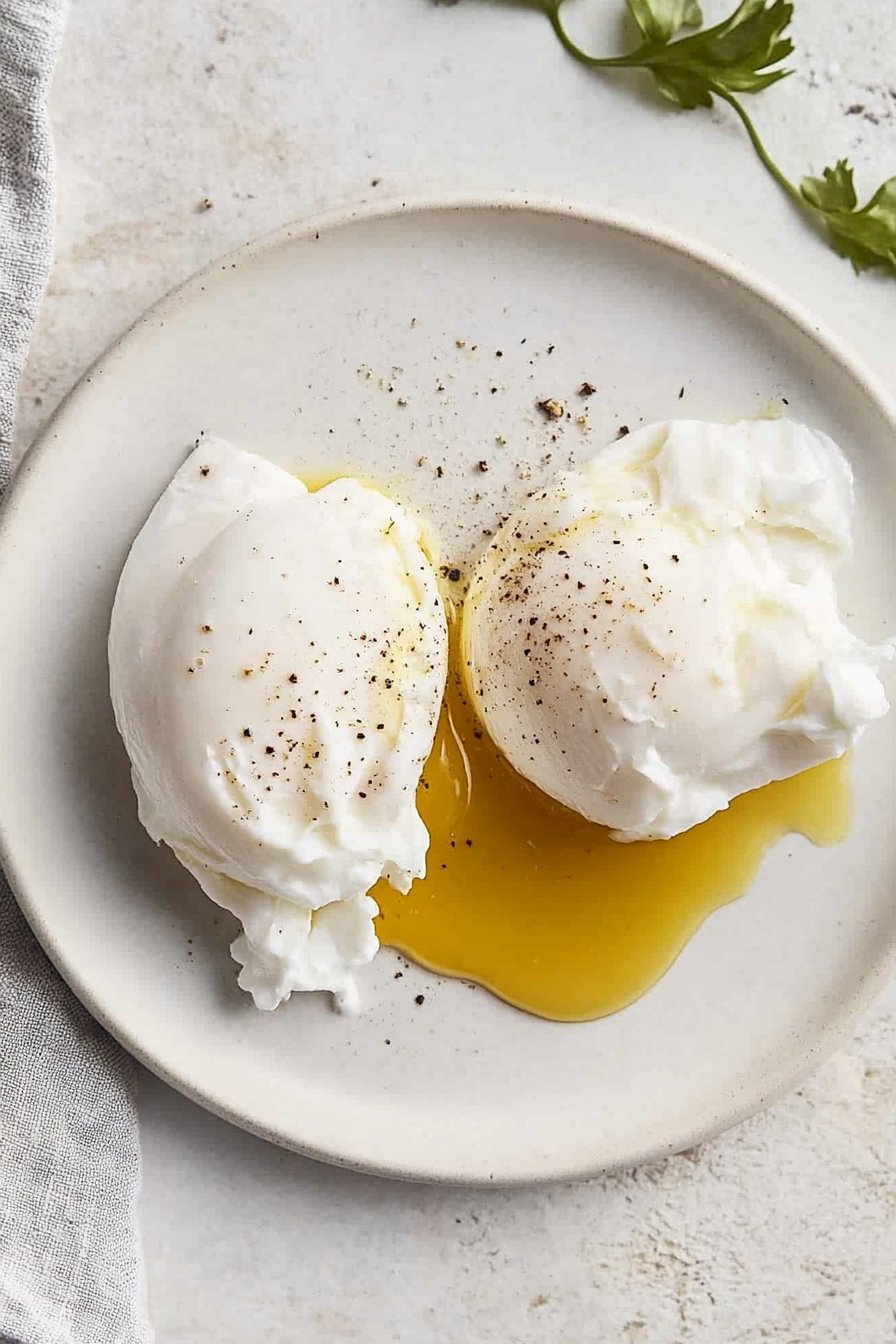
How to Store Leftover Poached Eggs (If That Ever Happens)
Right, so in theory, you can put poached eggs in a bowl of cold water and keep them in the fridge for a day or two. I think they actually taste better the next day, reheated briefly in hot water. But honestly, in my house they’re gone before I can even think about storage. If you somehow have leftovers, lucky you!
What to Serve Poached Eggs With (A Few Family Traditions)
We love them on toasted English muffins with smoked salmon—classic. Sometimes I pile them on top of sautéed spinach (if I’m feeling healthy, which is not often). And my brother insists on sriracha—every single time. Occasionally, we’ll do a “build your own brunch” thing: avocado, roasted tomatoes, whatever’s in the fridge. My favourite? Good old buttered toast, loads of black pepper, cup of tea on the side. Pure comfort.
Lessons I Learned the Hard Way (Don’t Be Me)
- I once tried rushing the simmering step. Don’t. Boiling water = egg chaos.
- I read somewhere you can microwave a poached egg. Technically true, but…don’t do it unless you like cleaning egg off the microwave ceiling.
- Testing multiple eggs at once? Only if you’re feeling bold. I always end up with a merged egg monster.
FAQ—Real Questions I’ve Actually Gotten (and a Few I Wish I Had)
- Can I make poached eggs ahead of time? Yep! Just store them in cold water and reheat in hot (not boiling) water for about 30 seconds. Although, sometimes I forget and eat them cold—still fine.
- My eggs fall apart in the water—help? Try fresher eggs and make sure the water isn’t boiling. Or, honestly, just embrace the chaos. It still tastes good.
- Is vinegar really necessary? Well, maybe not strictly, but it helps the whites hold together. If you hate the taste, you can skip it—just don’t expect picture-perfect results.
- Does this work for more than one egg at a time? I mean, you can, but they might merge like some sort of egg Voltron. I usually just do one at a time unless I’m feeling lucky. Or lazy.
Quick tangent: If you’re looking for even more troubleshooting, Serious Eats has saved my bacon more than once. And if you get really into eggs (it happens!), Egg Recipes UK is a rabbit hole worth falling down.
So, that’s my (kind of rambling) guide to poached eggs. They’re simple, they’re a bit unpredictable, and—once you get the hang of it—they’re brilliant. Let me know if you try them, and especially if you make an egg monster. We can swap horror stories!
Ingredients
- 4 large eggs
- 1 tablespoon white vinegar
- 1/2 teaspoon salt
- 4 cups water
- Freshly ground black pepper, to taste
- Chopped fresh chives, for garnish
- Toasted bread, for serving
- Butter, optional, for serving
Instructions
-
1Fill a medium saucepan with 4 cups of water. Add the white vinegar and salt, then bring to a gentle simmer over medium heat.
-
2Crack each egg into a small bowl or ramekin to make it easier to slide into the water.
-
3Using a spoon, stir the simmering water to create a gentle whirlpool. Carefully slide one egg into the center of the whirlpool.
-
4Let the egg cook for 3 to 4 minutes, until the whites are set but the yolk remains soft. Remove with a slotted spoon and drain on a paper towel.
-
5Repeat with the remaining eggs. Season with freshly ground black pepper and garnish with chopped chives. Serve immediately on toasted bread with butter, if desired.
Approximate Information for One Serving
Nutrition Disclaimers
Number of total servings shown is approximate. Actual number of servings will depend on your preferred portion sizes.
Nutritional values shown are general guidelines and reflect information for 1 serving using the ingredients listed, not including any optional ingredients. Actual macros may vary slightly depending on specific brands and types of ingredients used.
To determine the weight of one serving, prepare the recipe as instructed. Weigh the finished recipe, then divide the weight of the finished recipe (not including the weight of the container the food is in) by the desired number of servings. Result will be the weight of one serving.
Did you make this recipe?
Please consider Pinning it!!

